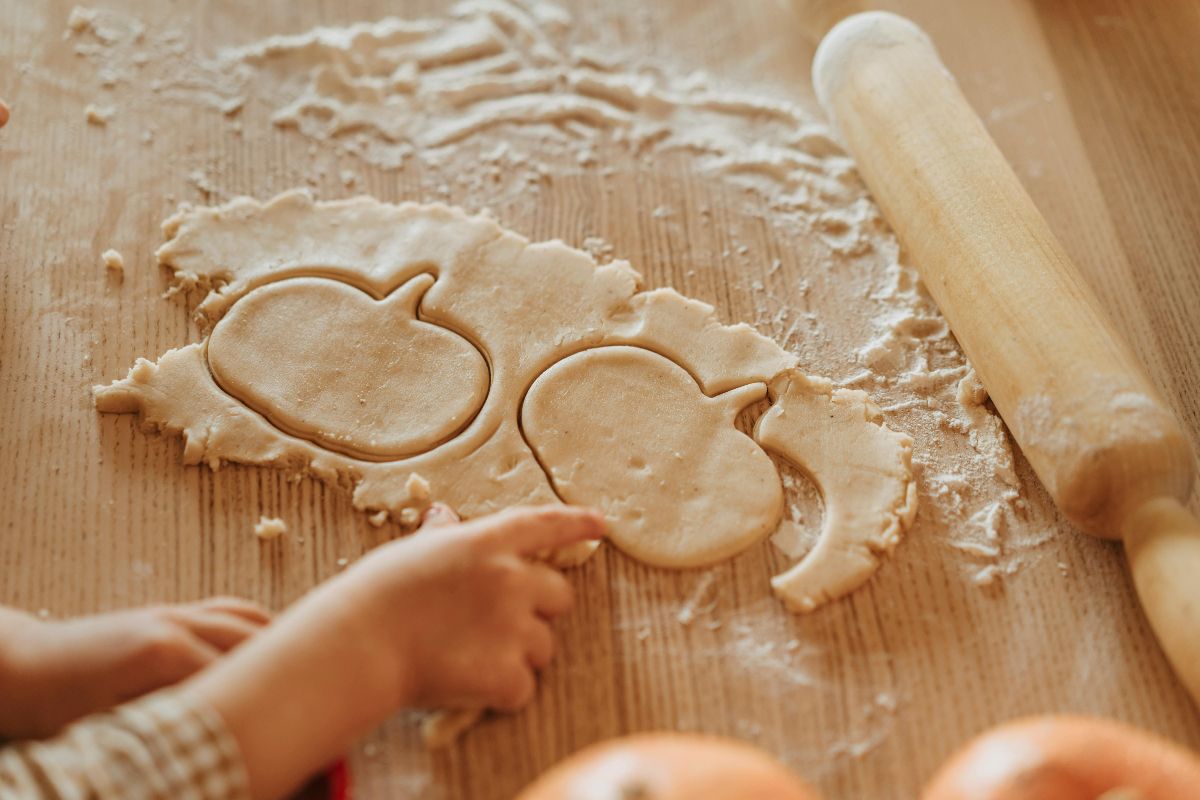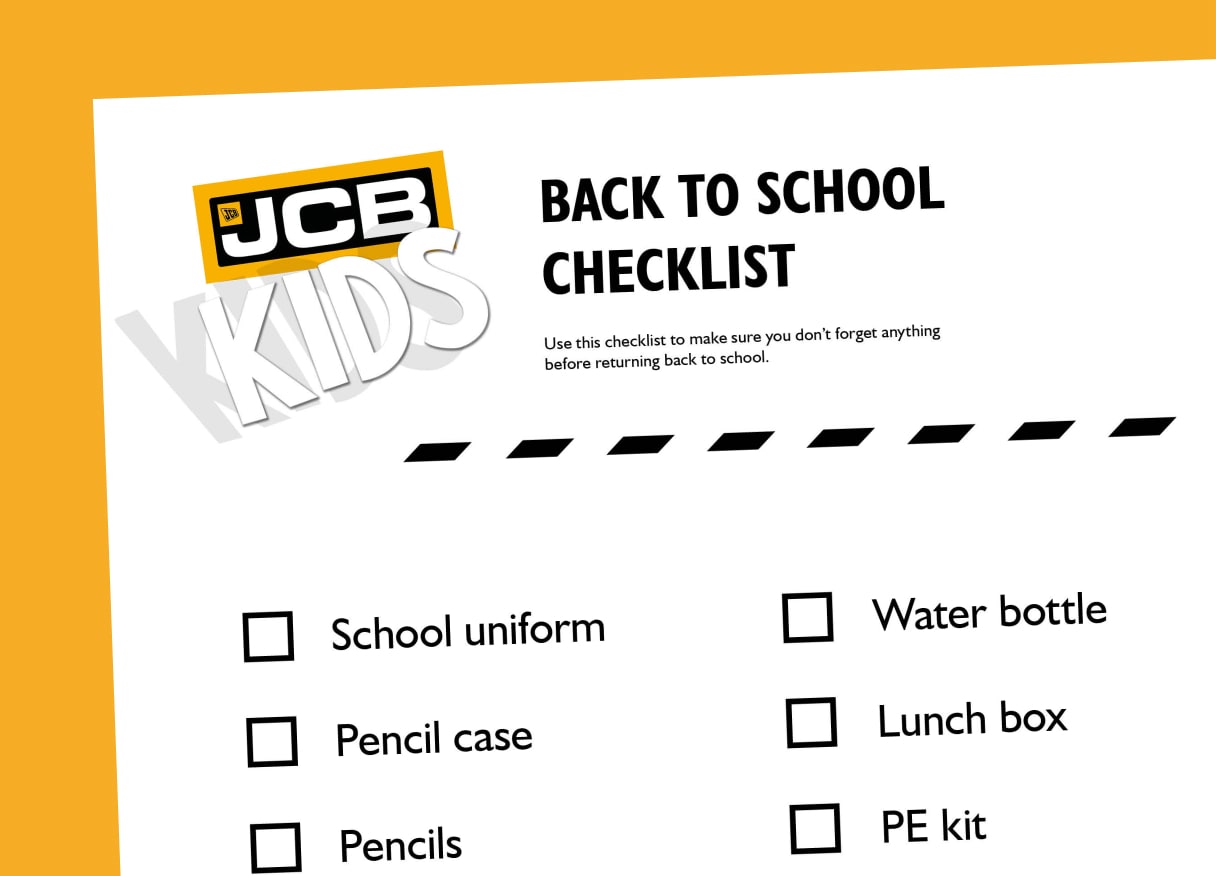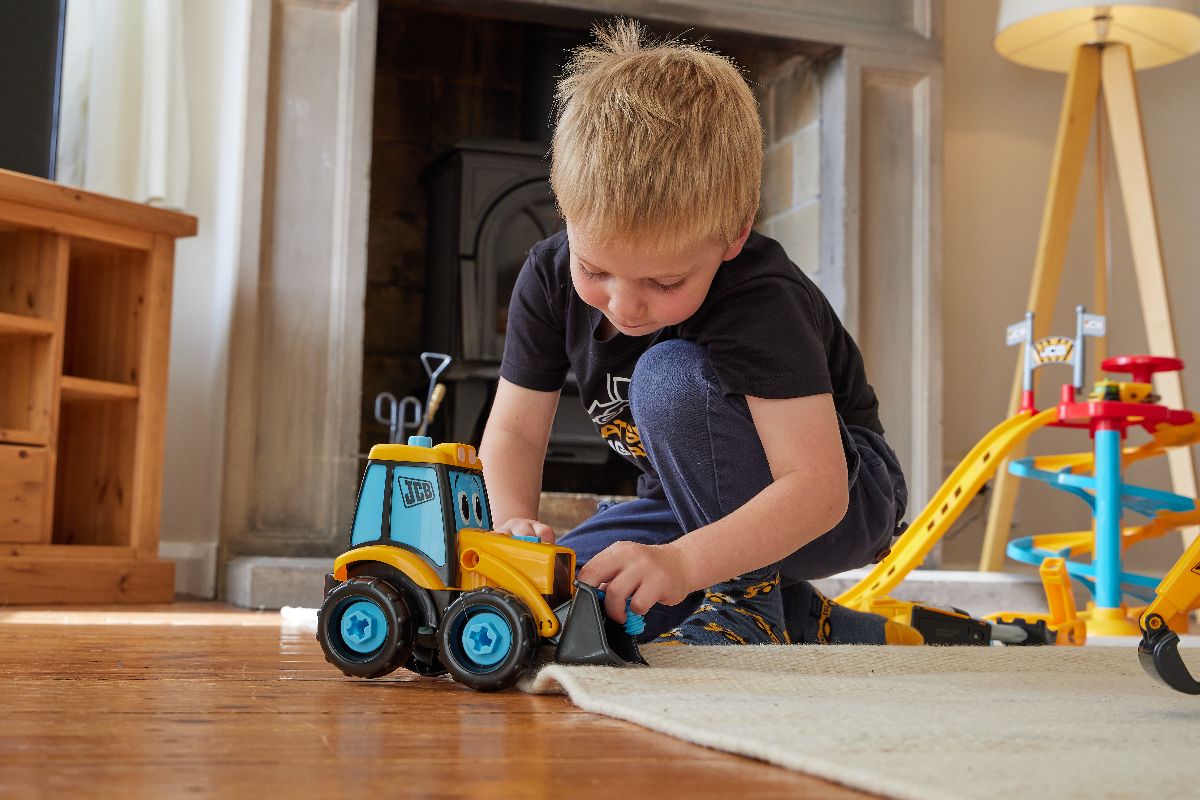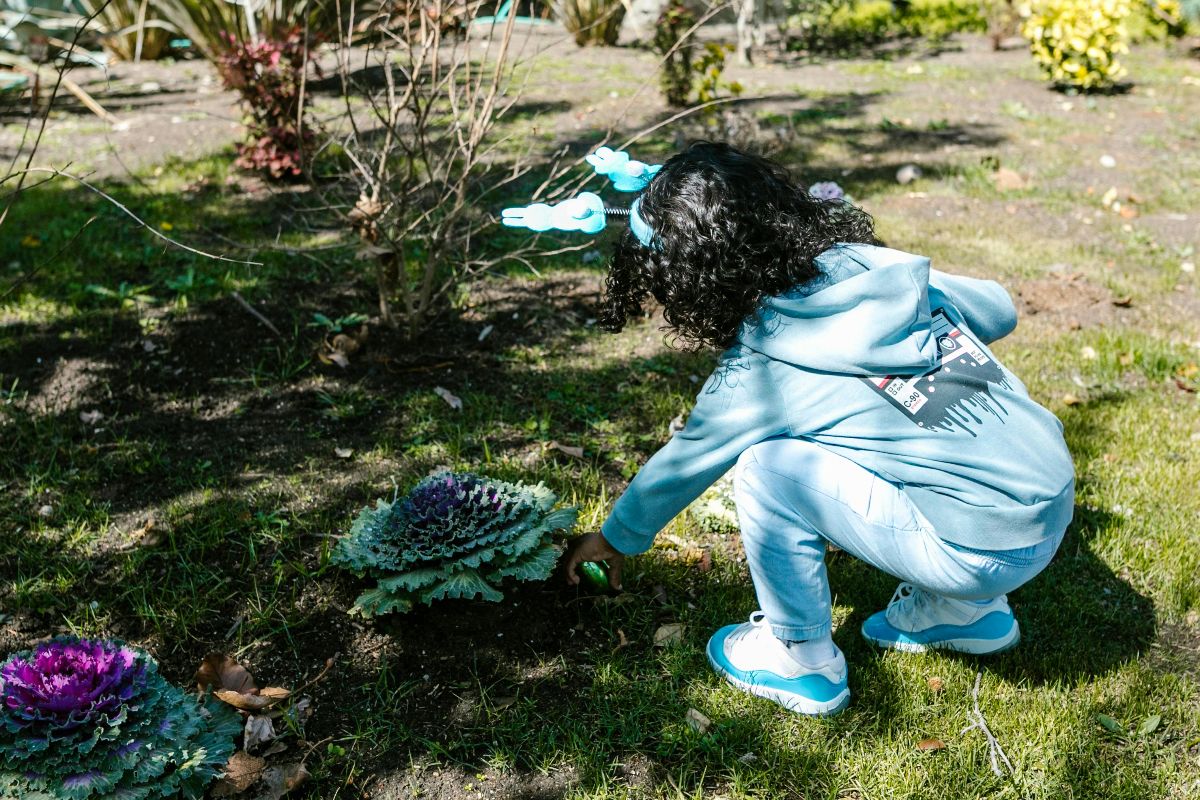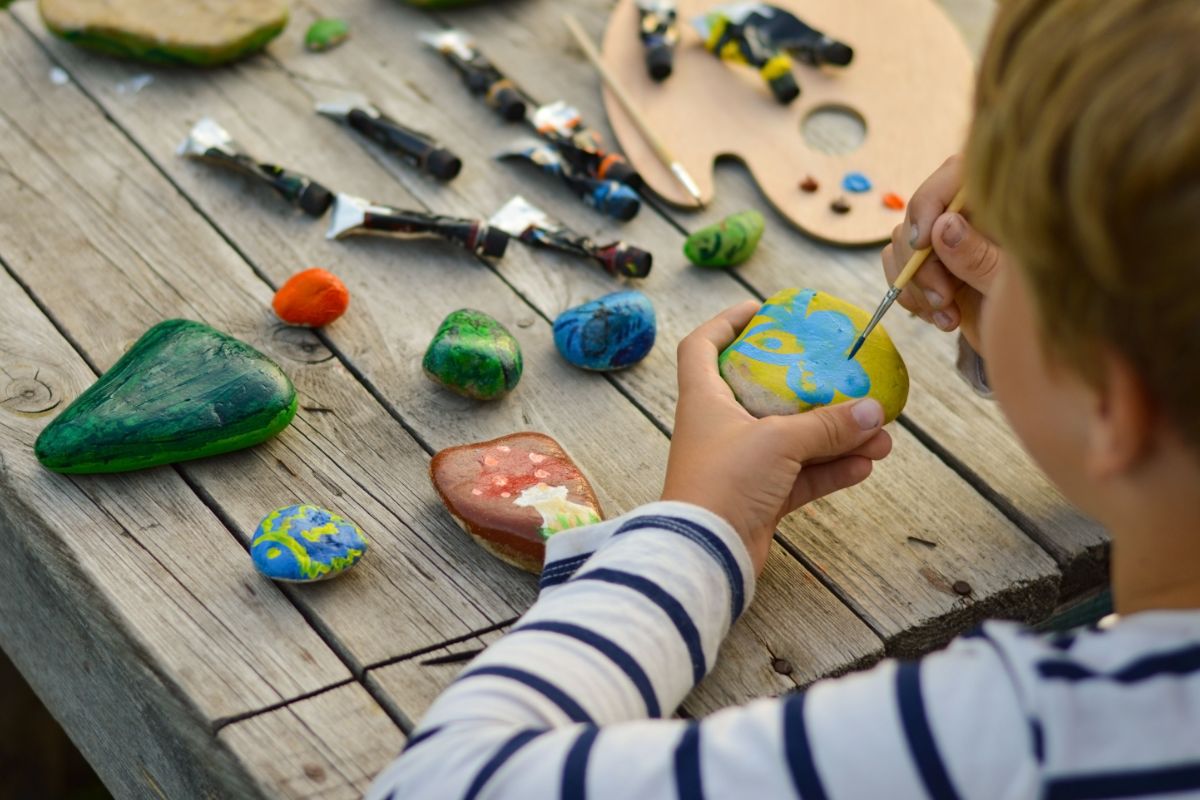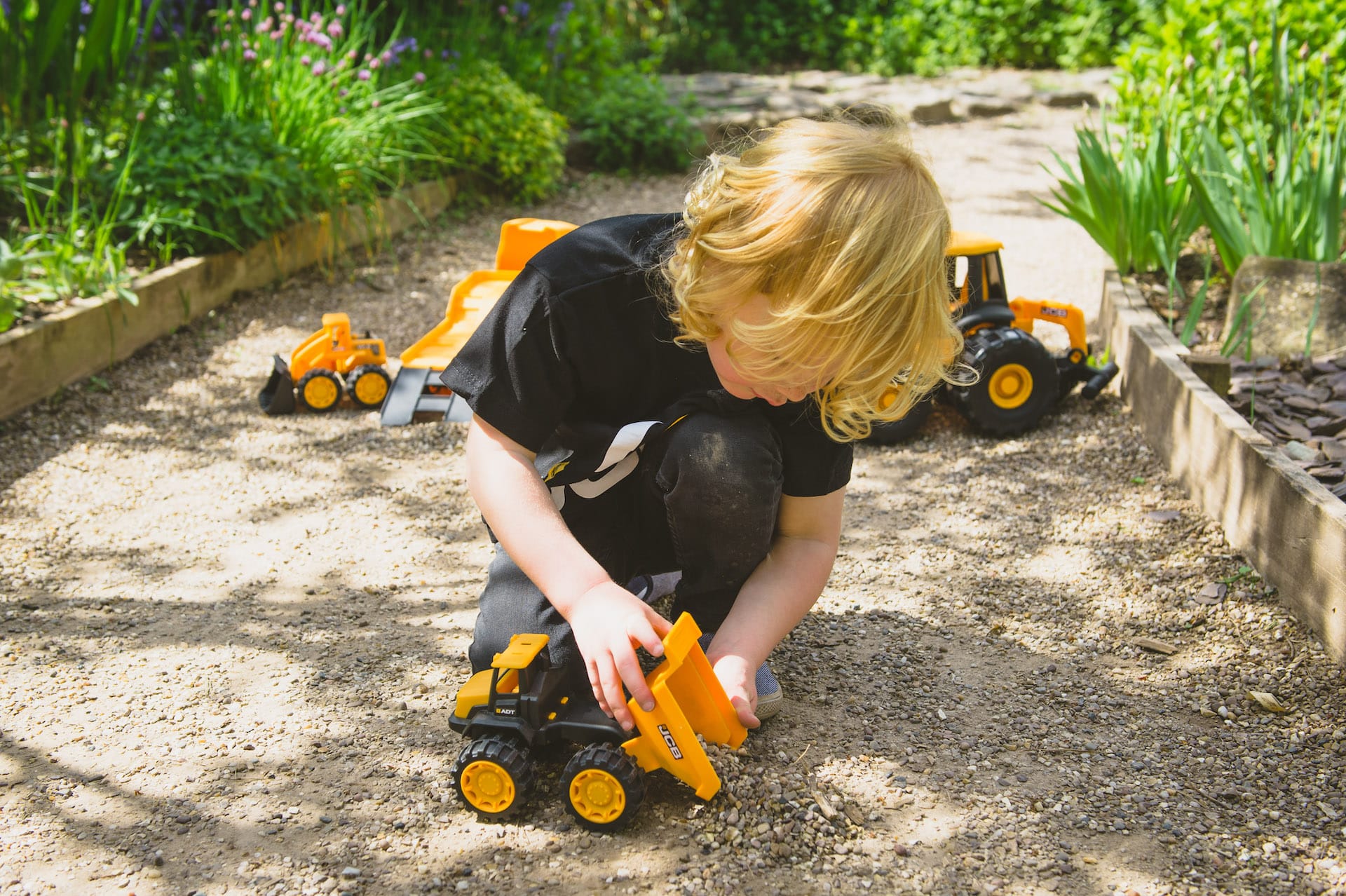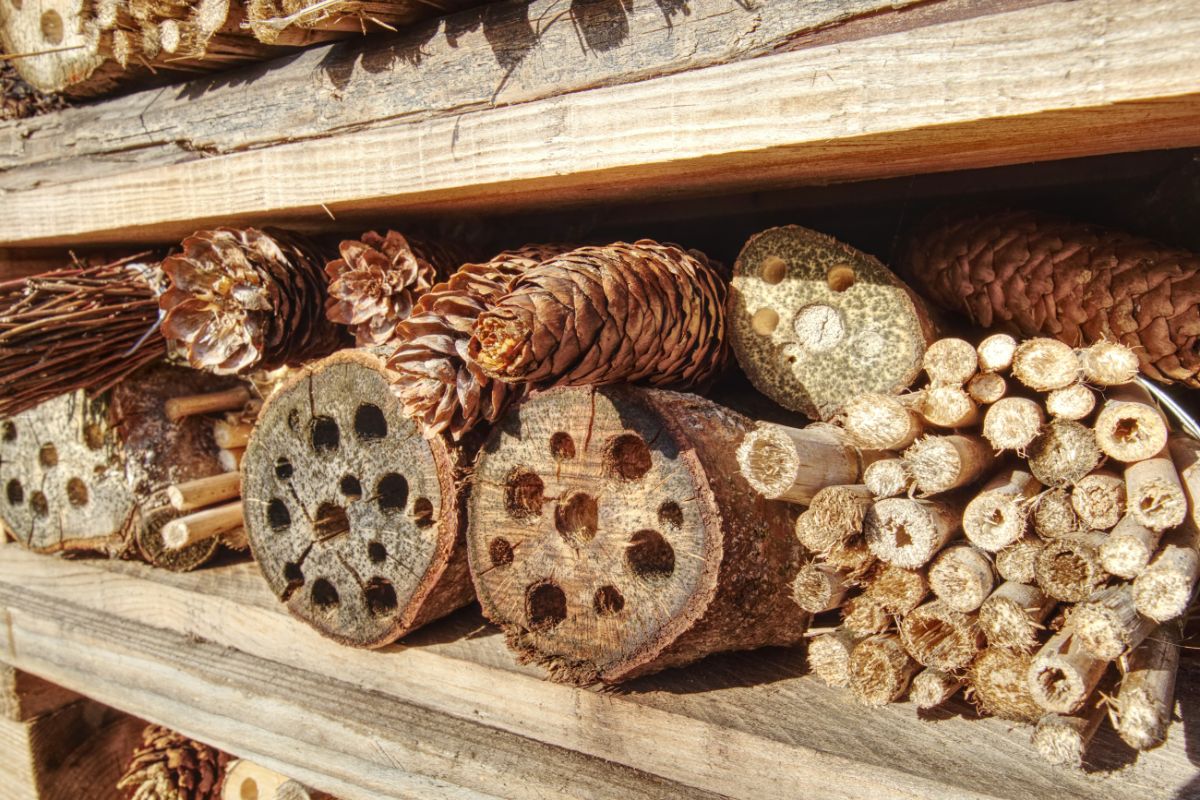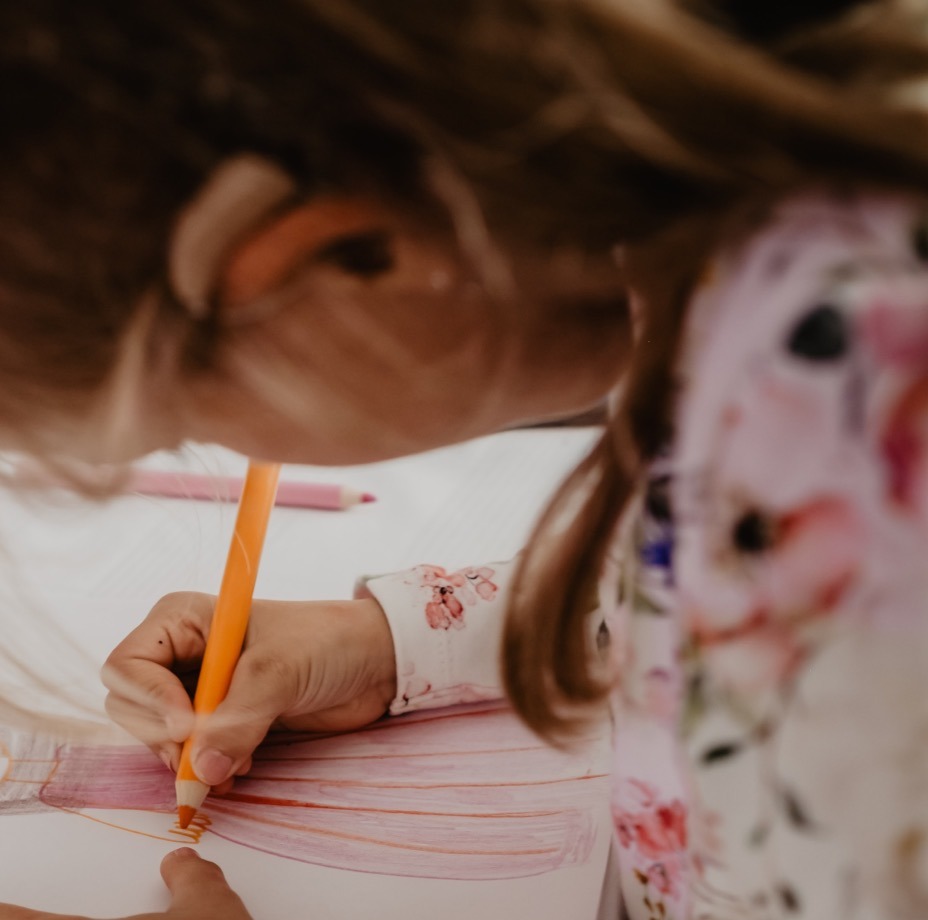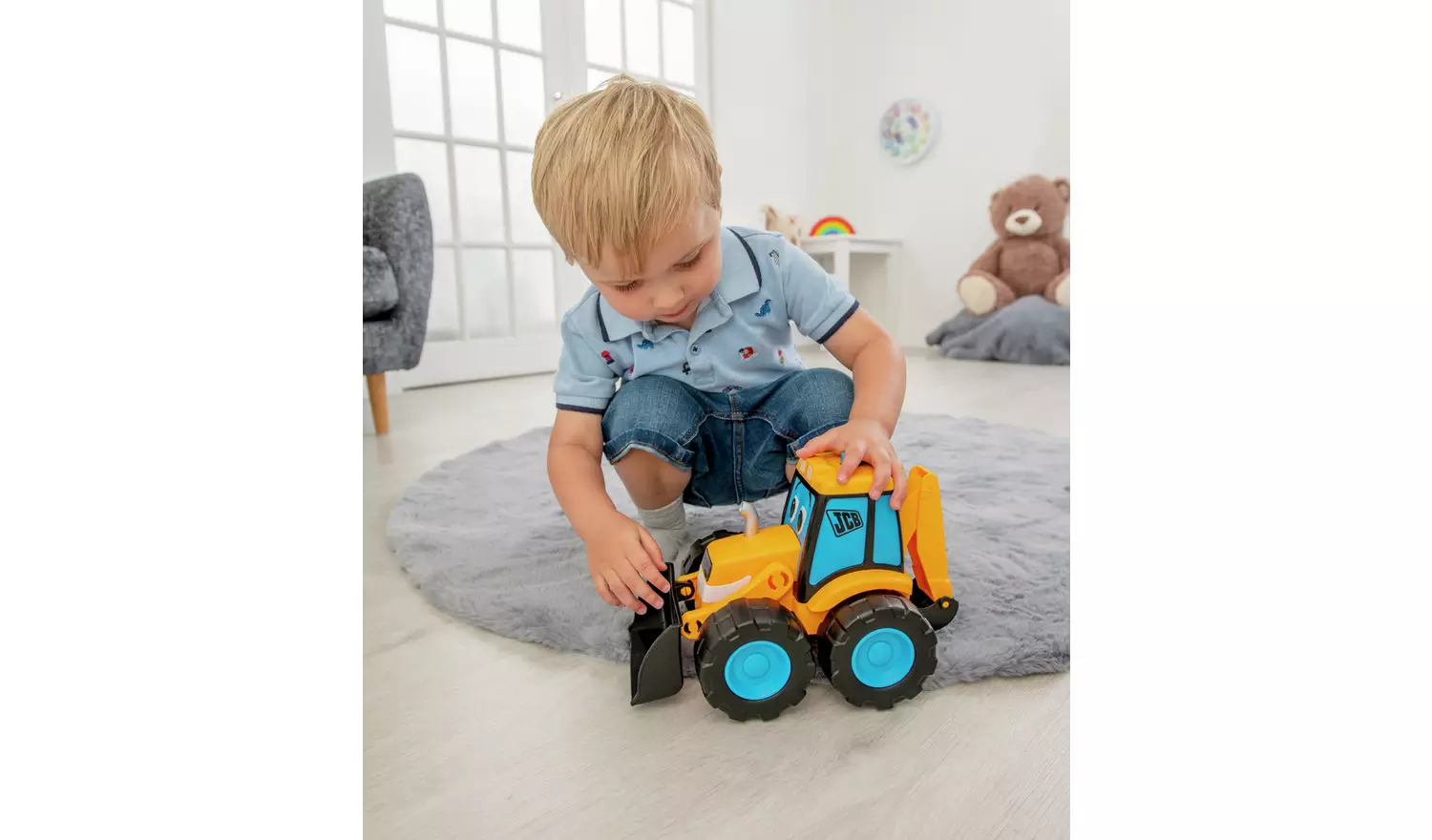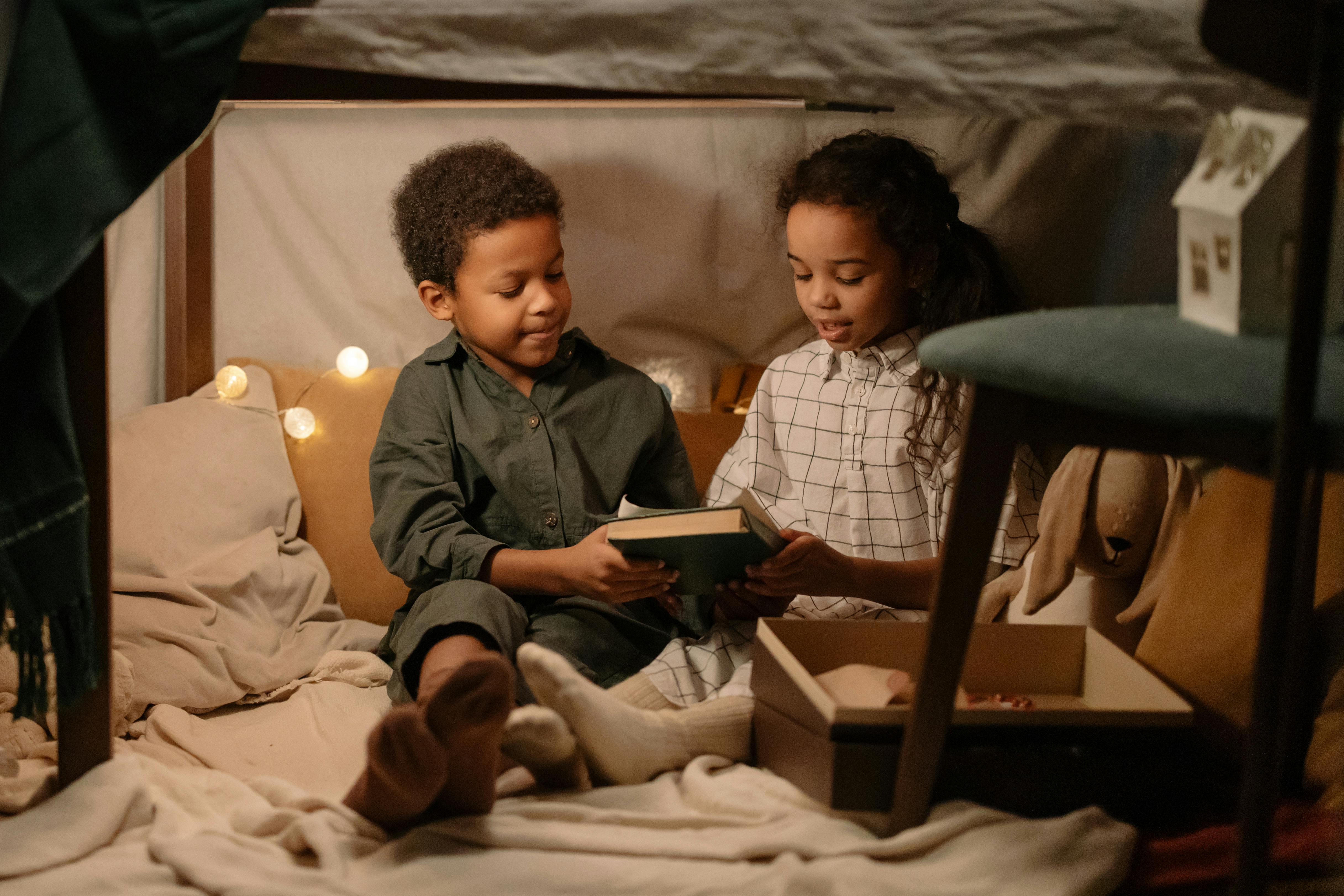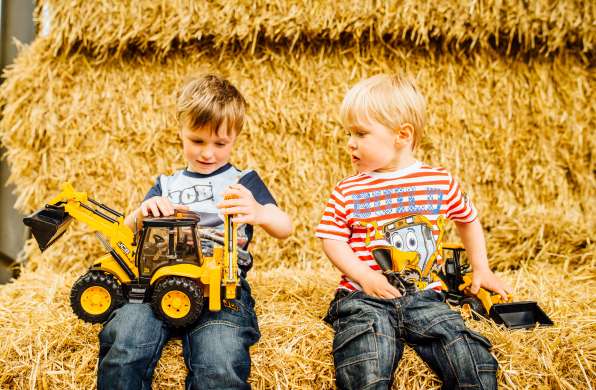Halloween is a magical time for children. From pumpkins to playful ghosts, there’s so much to explore, especially for toddlers discovering it all for the first time. While older children may enjoy spooky stories and fright nights, toddlers need something a little gentler (and a lot more hands-on).
In this blog, we’ve rounded up the best Halloween activities for kids that combine creativity, sensory play, and seasonal fun. Whether you’re staying in for the evening or planning a mini Halloween party, these ideas will keep your little ghouls entertained and smiling.
Why Halloween Activities Matter for Children
Halloween isn’t just about costumes and sweets. For toddlers, themed activities help with:
- Creativity and Imagination – Dressing up and storytelling encourage role play.
- Sensory Development – From gooey slime to squishy pumpkins, it’s a tactile playground.
- Fine Motor Skills – Cutting, sticking, scooping, and painting all support development.
- Family Bonding – Halloween becomes a special memory when enjoyed together.
Starting Halloween traditions early, without the fright, lays the groundwork for years of festive fun.
Easy Halloween Crafts for Kids
Crafts are perfect for toddlers because they’re creative, simple, and a bit messy (in the best way). These Halloween crafts for kids can be made with items you already have at home.
Paper Plate Pumpkins
Grab a paper plate, orange paint, and some green card for the stalk. Let your toddler paint the plate and help them glue on eyes or draw a smile. Great for wall decorations or Halloween windows.
Handprint Ghosts
Use white paint on black paper and press your toddler’s hand down to create a ghost shape. Add googly eyes or draw on little faces. It’s spooky, cute and makes a lovely keepsake.
DIY Monster Masks
Use cardboard or paper bags to create silly monster faces. Let your child colour or stick bits on. It’s perfect for encouraging pretend play, without the scary stuff.
Spooky Sensory Play Ideas
Sensory play is ideal for young children, and Halloween adds extra fun to textures and colours.
Halloween Slime
Make your own non-toxic slime using cornflour, water, and a few drops of food colouring (orange or green works well). Add mini spiders or eyeballs for a spooky touch. Always supervise slime play!
Spaghetti Brains
Boil spaghetti and add food colouring (green, purple or red) once cooled. Place it in a tub and let toddlers squish and swirl it around. Hide small Halloween toys inside for them to find.
Pumpkin Guts Exploration
Scoop out a real pumpkin and place the seeds and pulp in a tray. Give your toddler a spoon and let them scoop, squash and sort. It’s messy, but excellent sensory fun.
Toddler-Friendly Halloween Games
Not all Halloween games need to be fast-paced or competitive. These are tailored for younger children and help burn off that spooky energy.
Pumpkin Bowling
Use empty toilet roll tubes decorated as ghosts or monsters and roll a small pumpkin to knock them down. It’s safe to play indoors and builds coordination.
Ghost Hunt
Cut out simple ghost shapes and hide them around the house. Let your toddler find them with a bucket or torch. For an added challenge, use colours or numbers for matching.
Freeze Dance: Monster Edition
Put on some spooky tunes and dance like monsters, mummies or skeletons. When the music stops, freeze! It’s simple and hilarious fun.
Hosting a Toddler Halloween Party at Home
If you’re inviting a few friends or family over, a mini Halloween party can be a great way to celebrate.
Ideas for a stress-free toddler party
- Decorations: Stick to soft lighting, pumpkins, and friendly ghosts.
- Snacks: Try banana ghosts (banana halves with chocolate chips), tangerine pumpkins (peeled satsumas with a bit of celery on top), and bat-shaped sandwiches.
- Activities: Craft stations, ghost hunts, and a monster dance corner.
Keep it short and simple; toddlers tire quickly, especially with all the excitement.
Get Spooky with JCB Explore
Halloween with toddlers doesn’t need to be complicated. With a few simple ideas, you can create a fun, spooky, and safe environment right at home. From sensory play to crafts and toddler-friendly games, there’s so much joy to be found in the season.
So pull out the paper plates, boil up some spaghetti brains, and get crafting your own spooky digs. Whether you’re hosting a party or keeping it cosy, these Halloween activities for kids are sure to become annual favourites.



